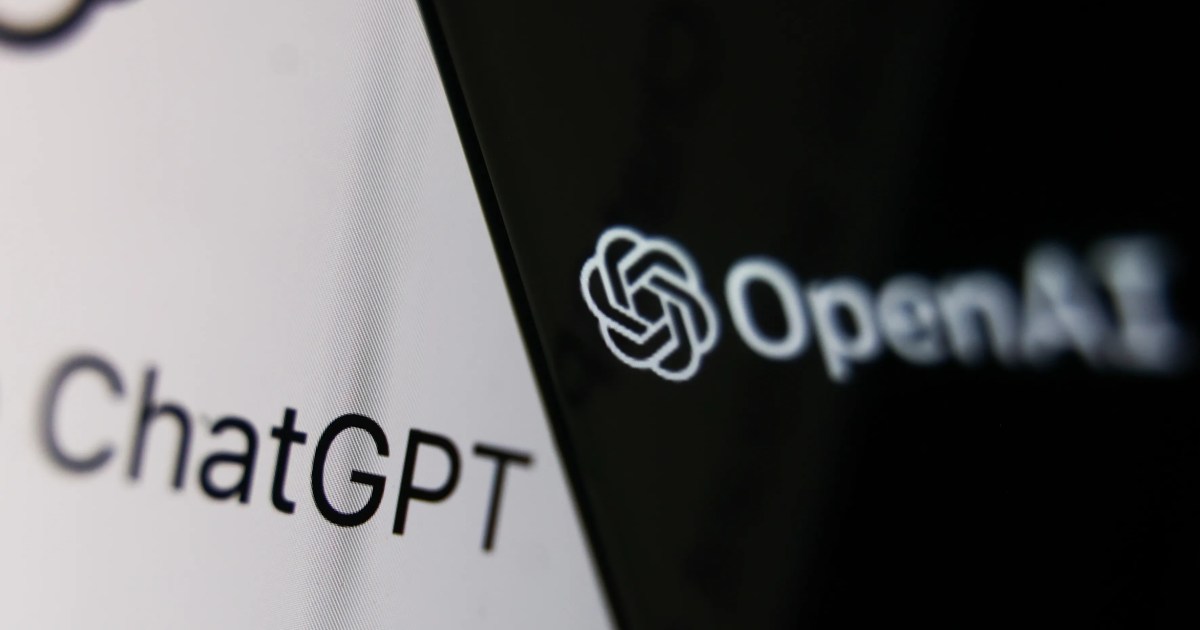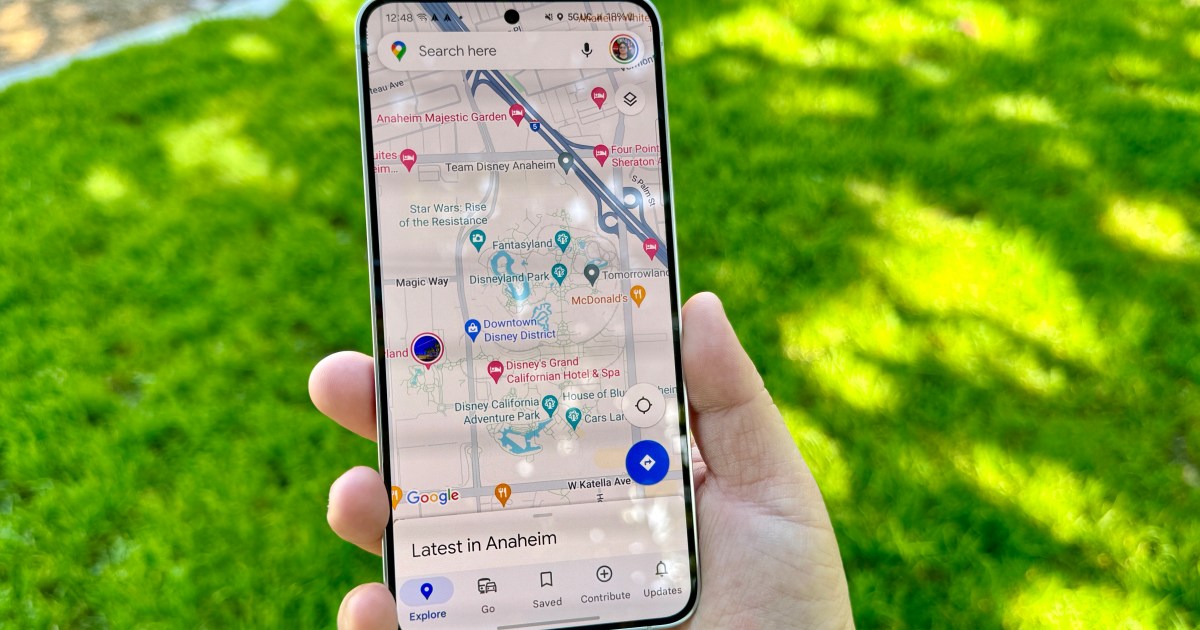The proliferation of AI-generated content online has sparked global concern, prompting governments and organizations to seek regulatory measures. China is the latest to join this effort, introducing a new mandate requiring clear identification of AI-generated content.
This mandate, set to take effect in September, aims to combat the spread of misinformation and maintain the integrity of online information. The regulation, spearheaded by the Cyberspace Administration of China (CAC) in collaboration with several government ministries, will require internet users to label AI-generated content through descriptions or metadata encoding. Enforcement will fall upon internet service providers, ensuring accountability across the online landscape. The CAC emphasizes that this “Labeling Law” will not only enable users to discern AI-generated content but also hold service providers responsible for accurate labeling, thus mitigating the potential for misuse.
China’s initiative echoes global efforts to regulate AI content. The European Union’s 2024 AI Act established a legal framework addressing the risks associated with AI and positioning Europe as a leader in AI regulation. Similarly, users in China will need to explicitly declare their intent to share AI-generated content. Modifying these labels could lead to penalties imposed by internet service providers.
However, the increasing sophistication of AI-generated content presents a challenge to accurate identification. As AI-generated content becomes more realistic, distinguishing between real and synthetic media grows increasingly complex. This raises concerns about the effectiveness of labeling in the long run.
While previous US administrations focused on promoting responsible AI development, the current political landscape presents a different approach. Despite the shift in governmental focus, major tech companies, including Google, Meta, Anthropic, Amazon, and OpenAI, pledged in 2023 to implement watermarking systems for their AI technologies. The current status of this pledge remains unclear.
The ongoing battle against the misuse of AI-generated content is underscored by recent incidents involving the removal of watermarks from copyrighted images using AI models. This highlights the ethical and legal challenges posed by readily available AI tools and underscores the importance of ongoing efforts to develop and implement effective safeguards.
The challenges posed by the proliferation of AI generated content highlight the need for international cooperation and ongoing dialogue between governments, tech companies, and users. Establishing clear guidelines and regulations will be crucial to maintaining the integrity of online information and mitigating the risks associated with AI-generated content.











